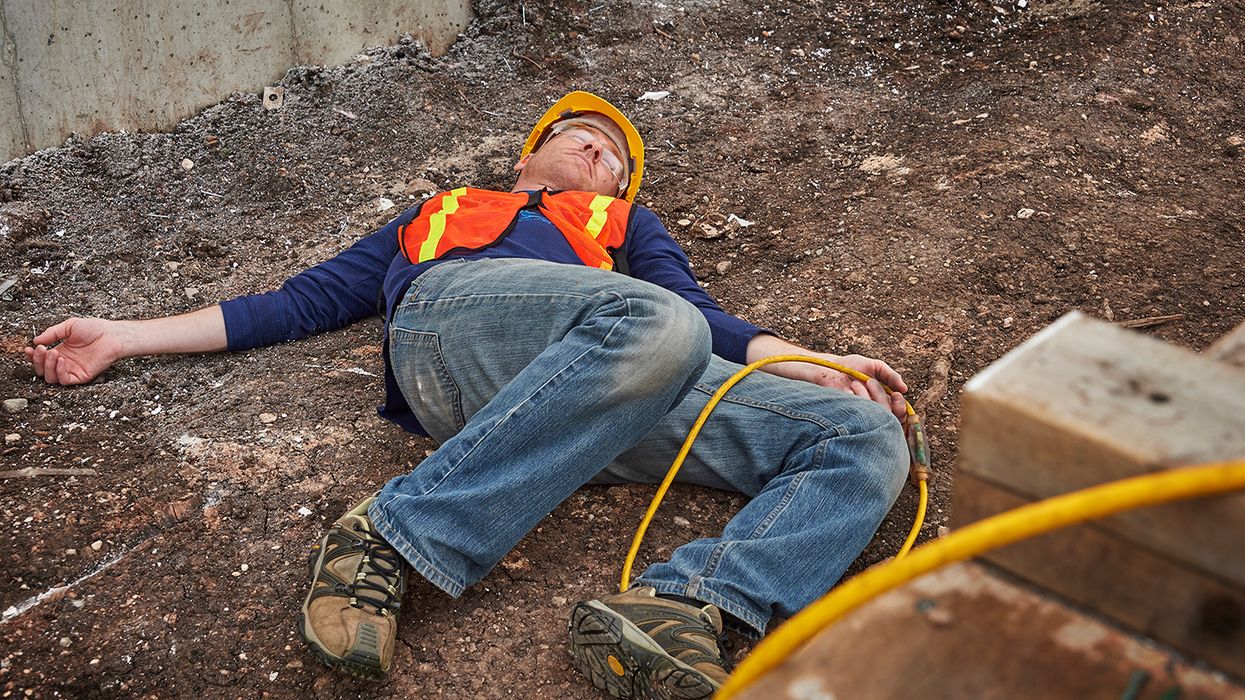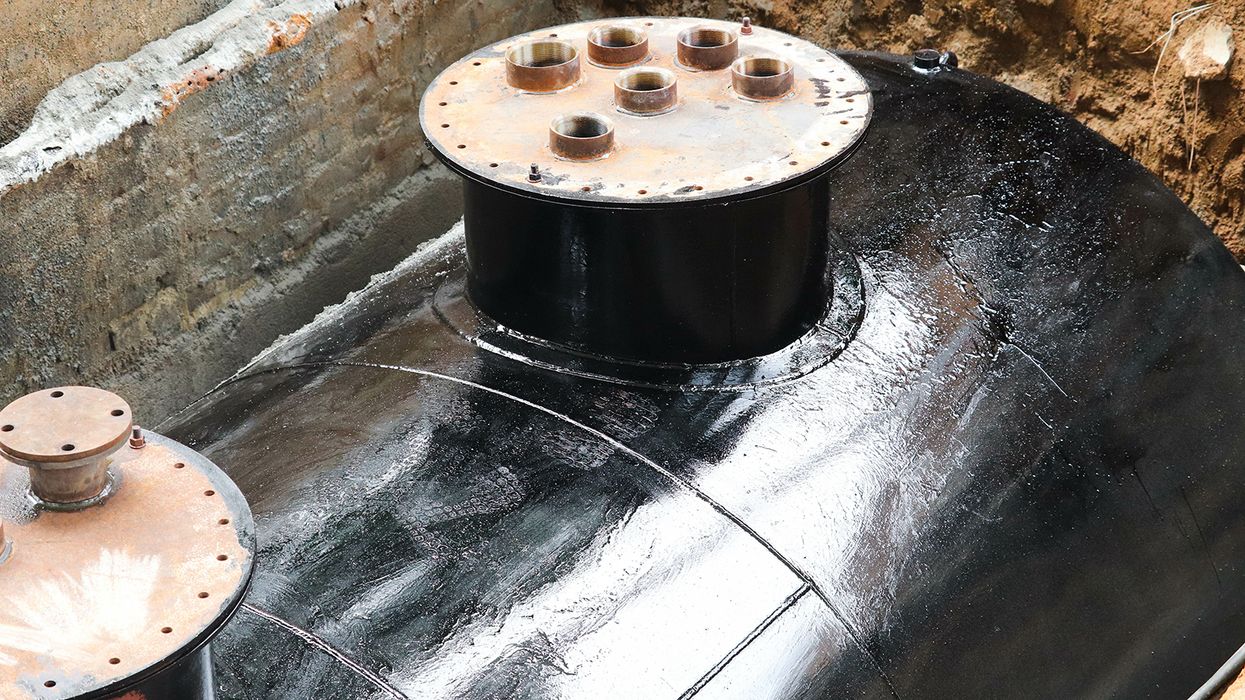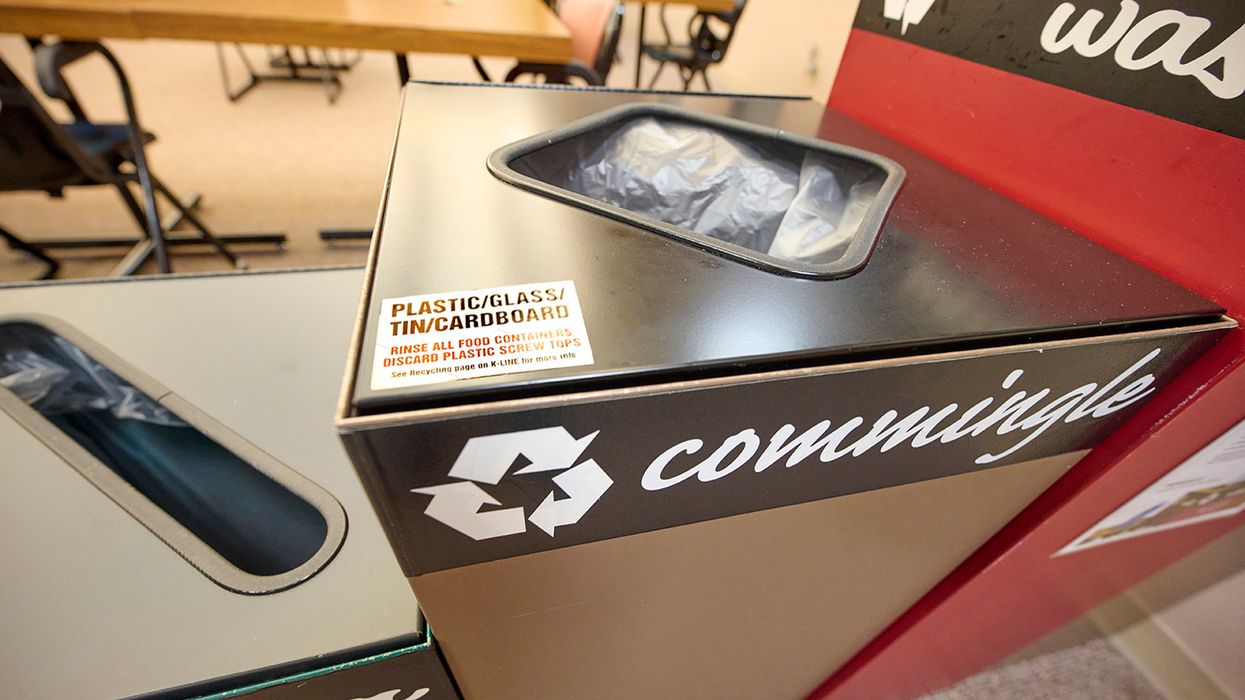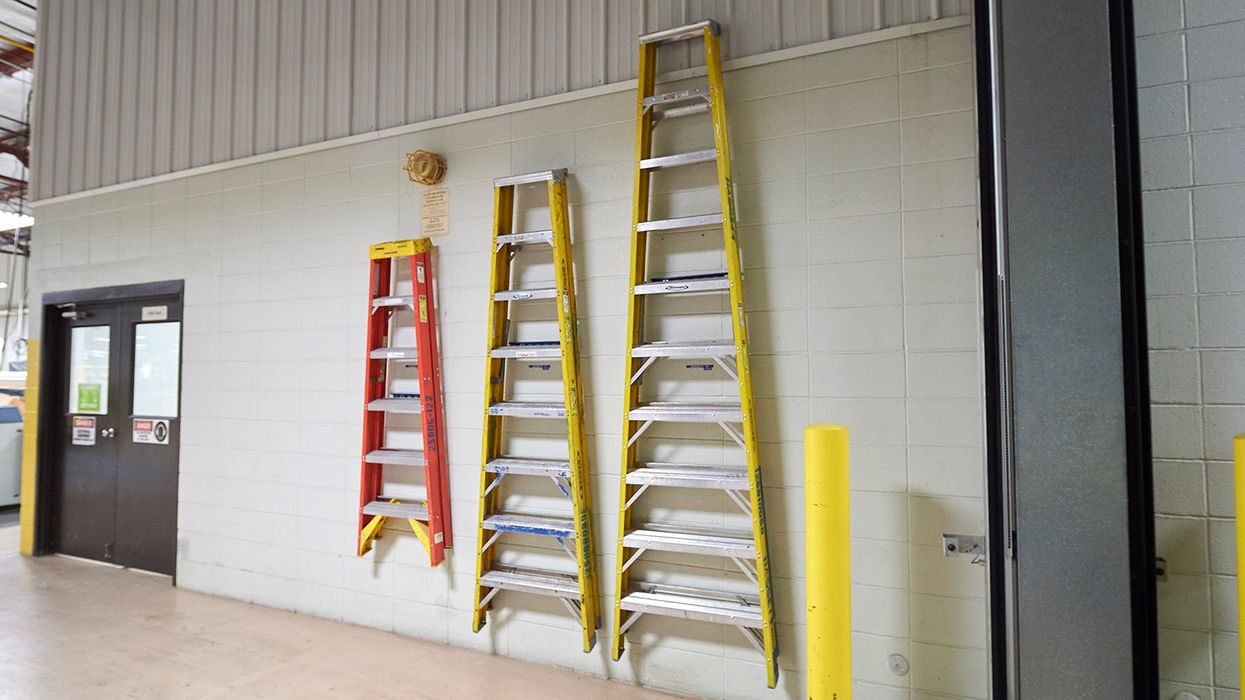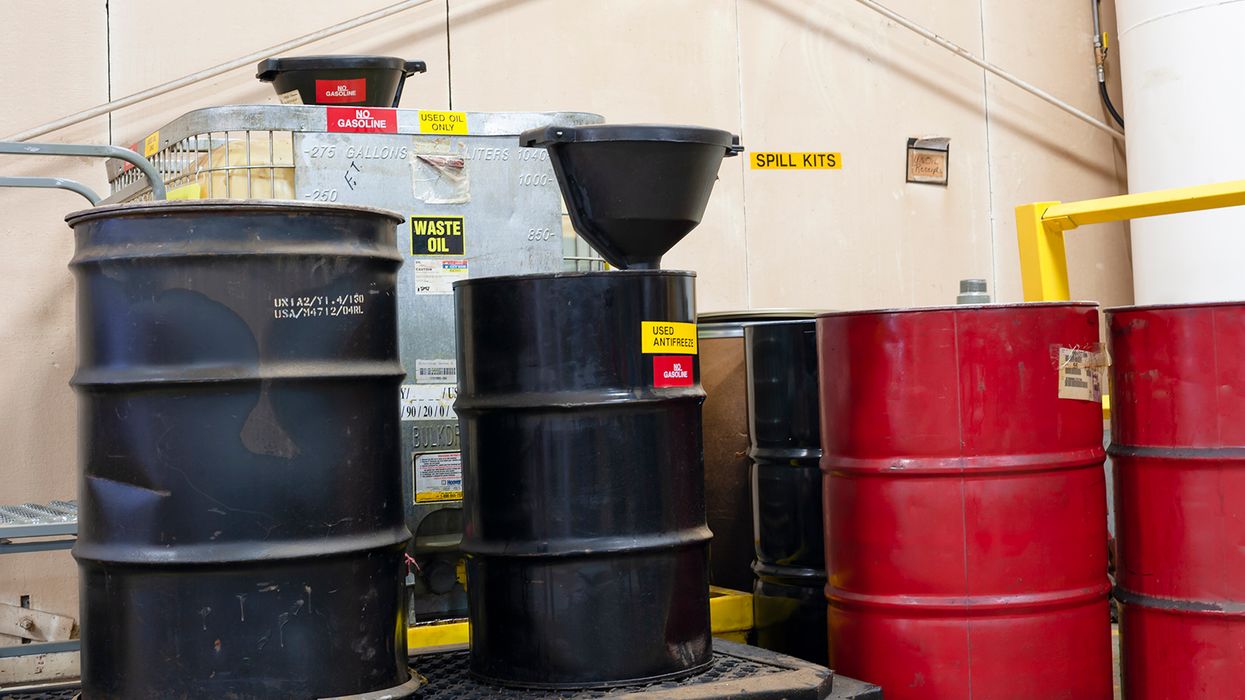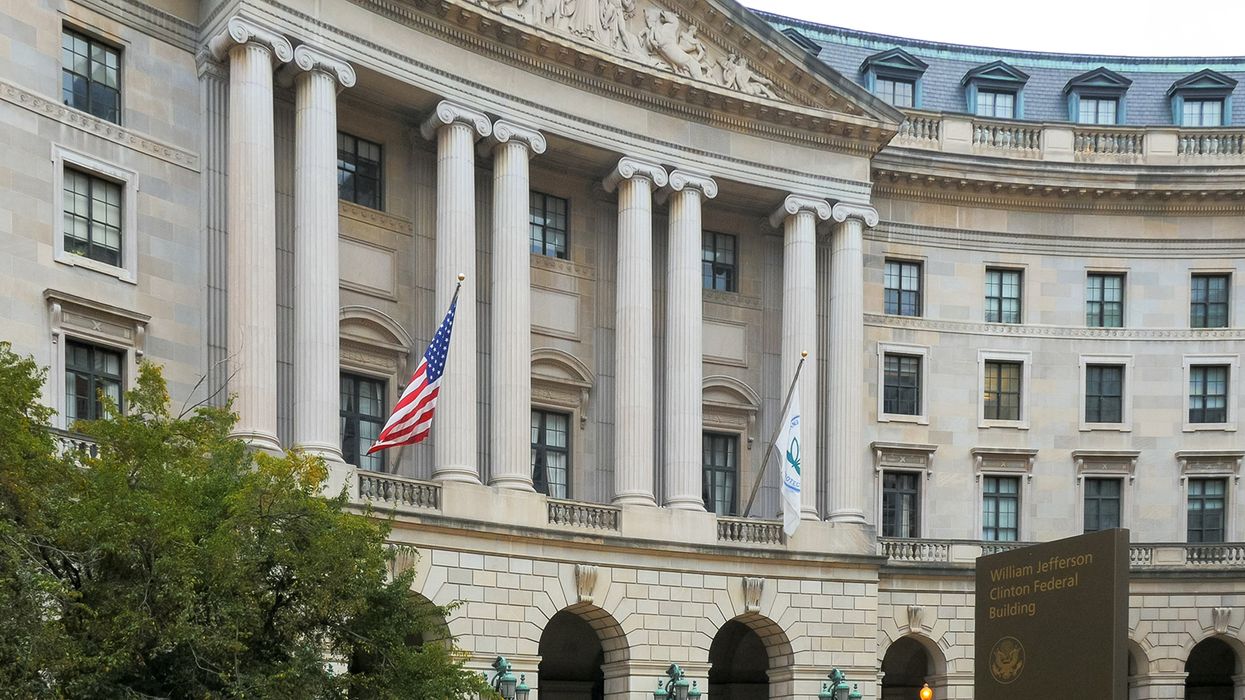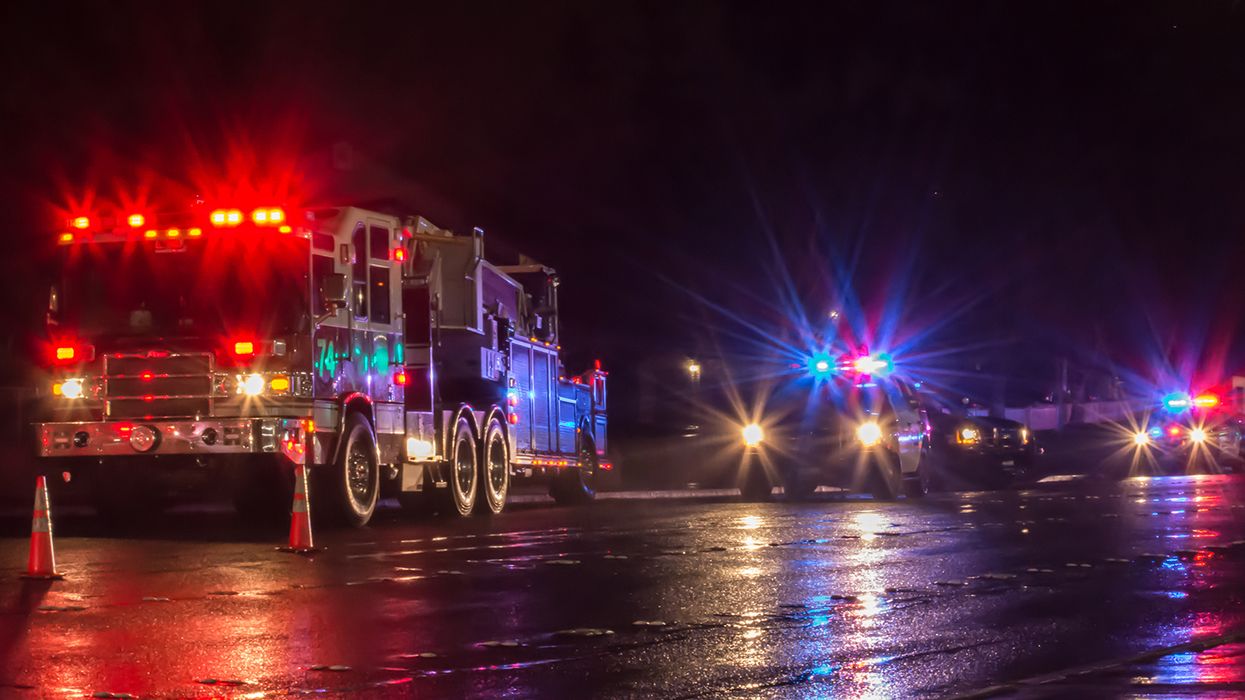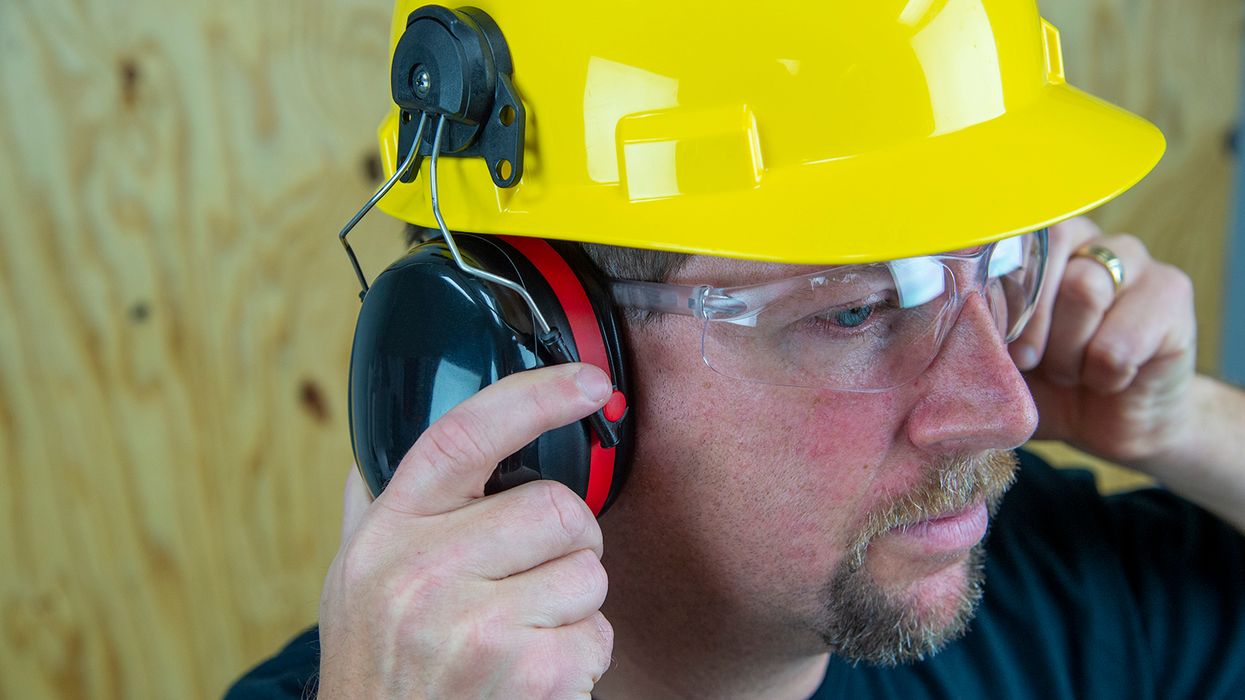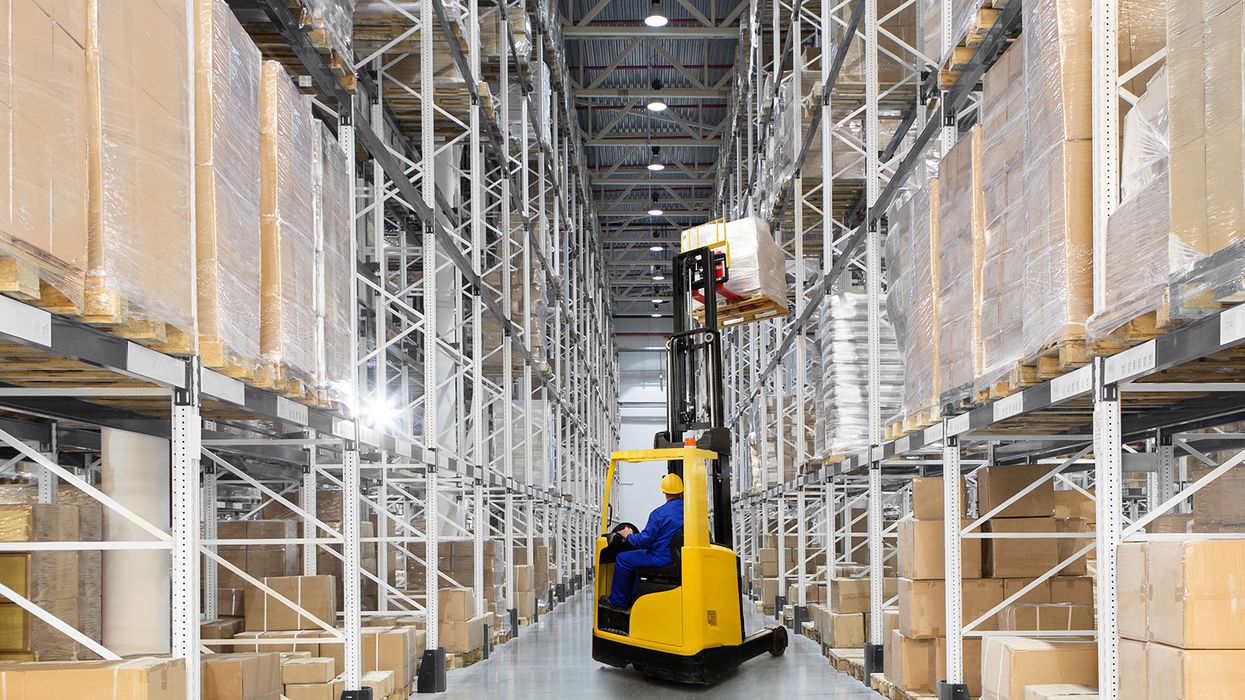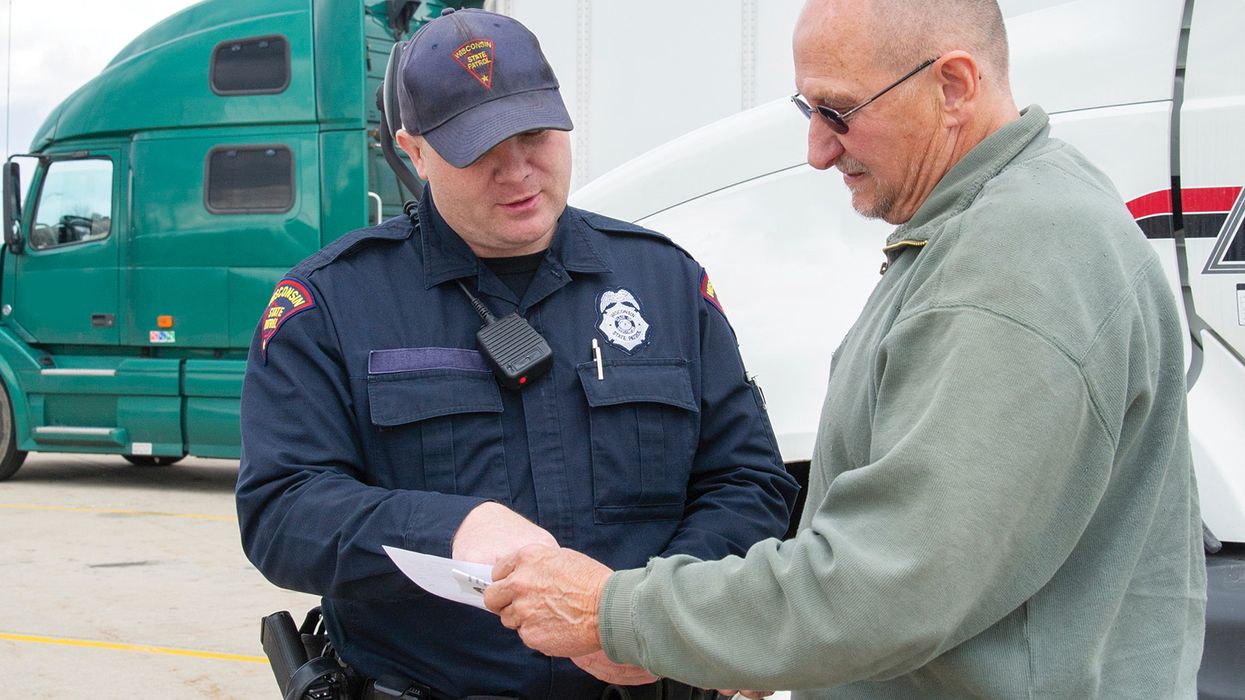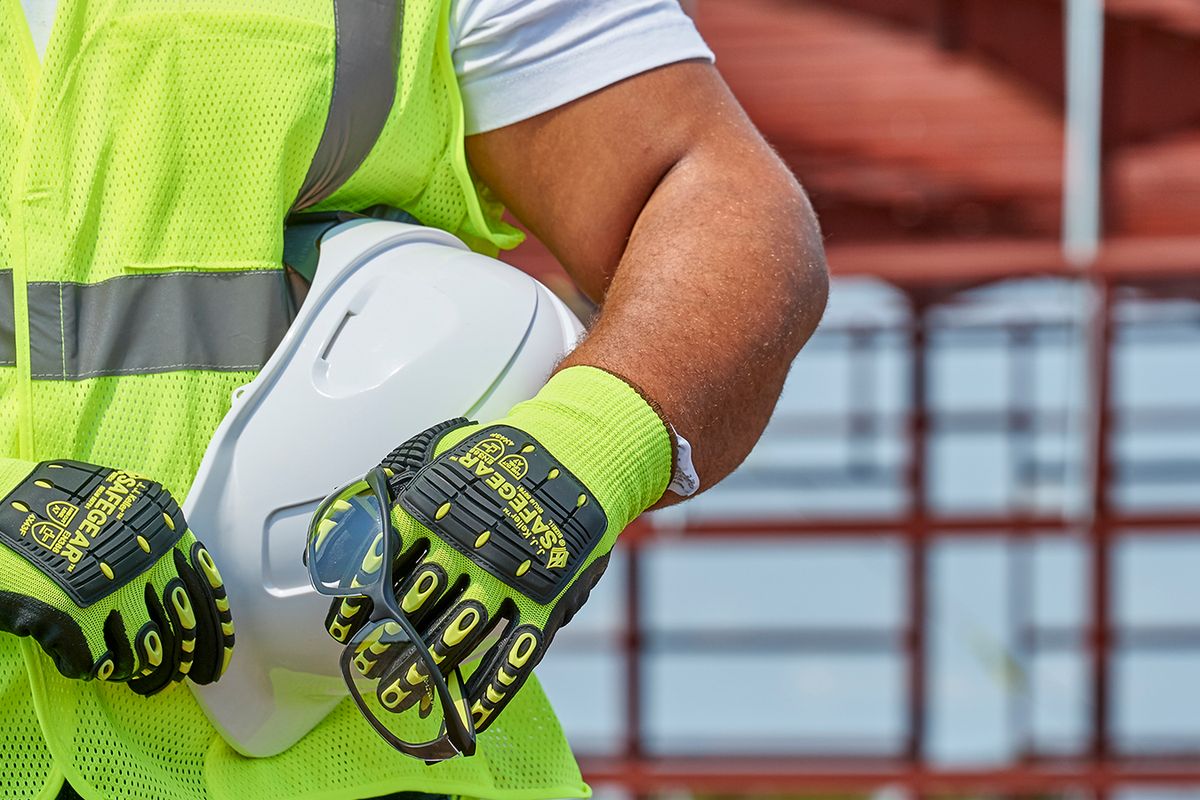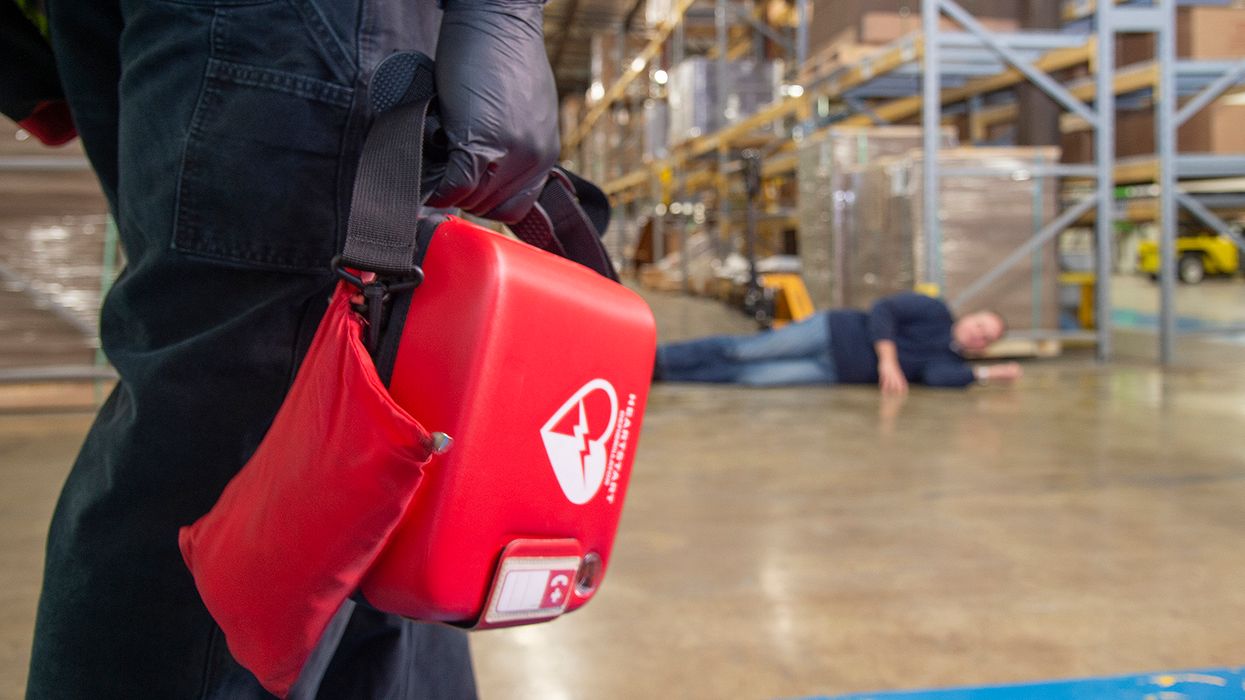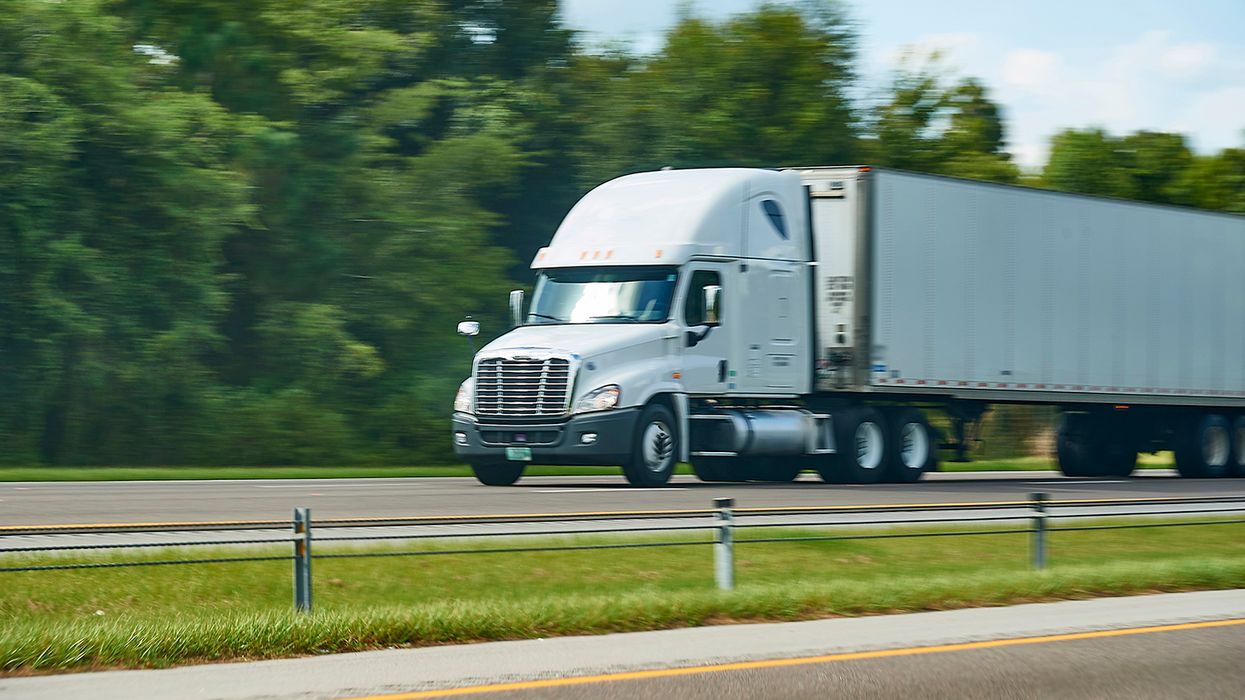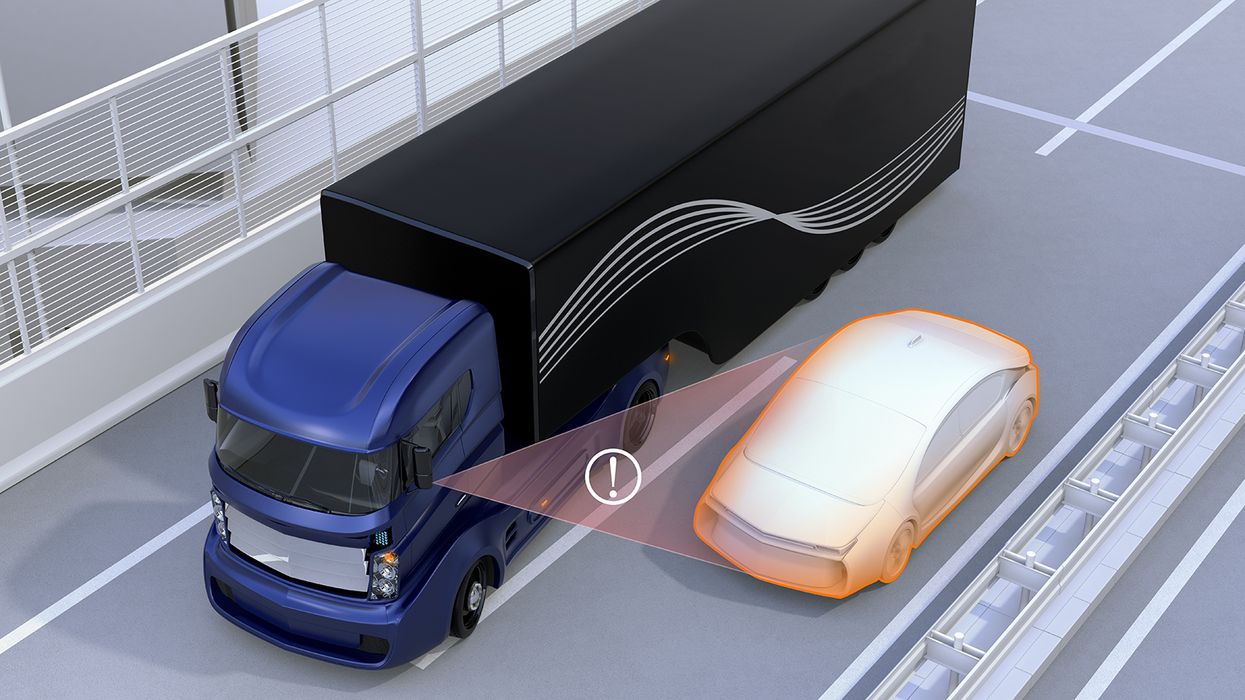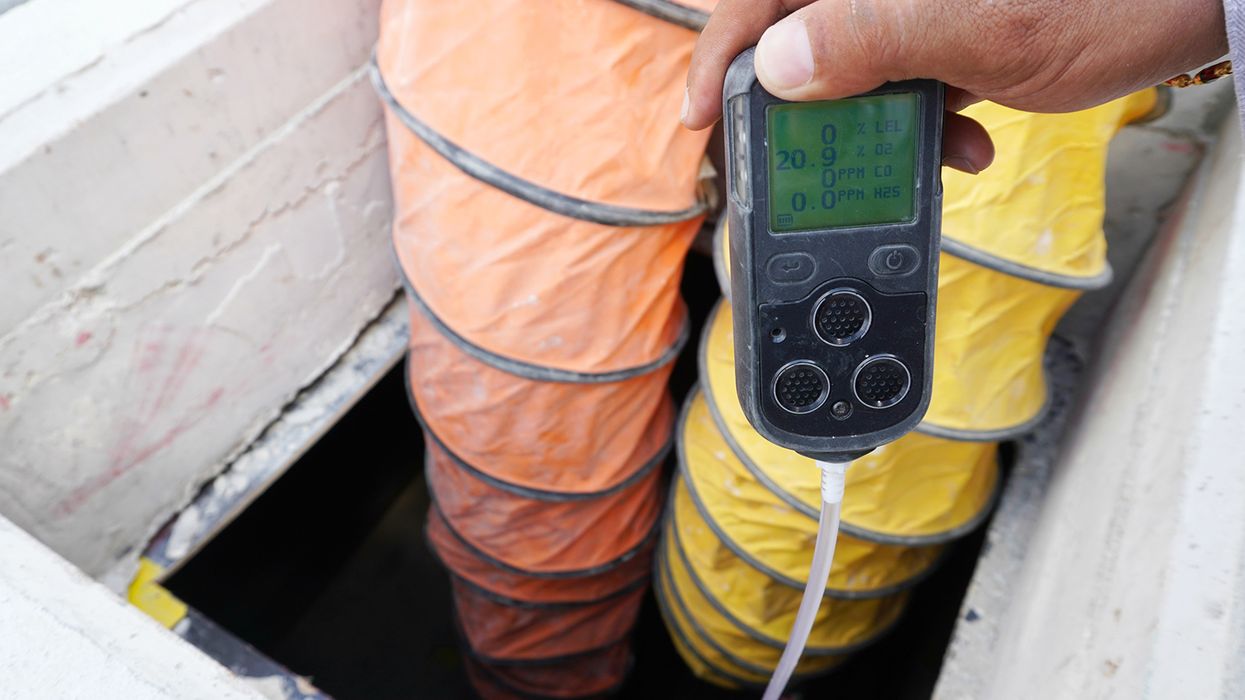Vaccine/Testing rule: Are CDL drivers exempt?
All eyes are on the latest OSHA COVID-19 Vaccination and Testing temporary final rule that was issued November 5 with compliance dates of December 6 and January 4. However, the rule has left many in trucking scratching their heads over applicability and exemption. Let’s break it down:
- All private U.S. employers — including motor carriers — with 100 or more employees/drivers (total, not per location) must comply with the final rule by the respective compliance dates.
- The term “workplace” when used in the rule means a physical location (e.g., fixed or mobile) where the employer’s work or operations are performed, but it does not include an employee’s residence.
- Commercial truck drivers are not “specifically” called out as an exemption from the rule.
- Those who work alone (where others are not present) or who work exclusively outdoors are exempt even if they have “de minimis” contact with anyone indoors (e.g., briefly using a multi-stall restroom or briefly popping in to an administrative office).
The preamble to the final rule explains that extremely brief periods of indoor work with others would not normally expose employees to a high risk of contracting COVID–19; however, OSHA will look at cumulative time spent indoors (with others) to determine whether that time is de minimis. Thus, if there are several brief periods in a day when an employee goes inside (with others), OSHA will total those periods of time when determining whether the exception for exclusively outdoors work applies.
A closer look at truckers
The 100-employee threshold and general exemptions in the rule might take some pressure off motor carriers and drivers. Many commercial drivers — particularly long-haul drivers — spend days alone in their trucks, away from customers and coworkers. This type of work schedule would seem to imply that over-the-road drivers could fit an exemption from the rule.
This carveout scenario won’t apply to all drivers, however. Short-haul drivers, who may have more regular contact with people, might not fit the exemption. Similarly, warehouse workers, loaders, mechanics, office staff, management, etc. would generally not be exempt from the requirements.
The key to an exemption is truck drivers need to be alone in their vehicles. Drivers must not occupy vehicles with other employees as part of work duties, i.e., they must not drive to worksites together in a company vehicle. Also, drivers who are in the process of being trained (riding with a trainer) would not be exempt, nor would the trainer, because, again, they wouldn’t be alone in the truck. Basically, even if truck drivers only sometimes drove with other drivers in the vehicle, they would still be subject to the rule.
What about independent contractors?
Independent contractors do not count towards the total number of employees. Contractors and host employers with at least 100 employees are each required to ensure that they meet the rule requirements for their own employees. However, host employers could still impose additional requirements for contract employees at their worksites, such as requiring that all workers, regardless of vaccination status, wear face coverings while working indoors.
What about the court stay?
On November 6, the Fifth Circuit Court of Appeals issued a temporary stay on the rule. It appears that the stay would only apply to LA, MS, and TX, since these states are covered by the Fifth Circuit Court. Although, additional lawsuits are likely working their way through other Circuits around the country.
It is worth noting that the several trucking and warehousing groups sent the Fifth Circuit a petition for review of the rule and a motion to stay the rule pending review. The groups argues that without a stay, businesses face immediate irreparable harm, including unrecoverable compliance costs, lost profits, lost sales to competitors (with less than 100 employees), etc.
It’s also important to note that this stay doesn’t affect federal contractors who have a separate vaccination deadline on Jan. 4, 2022, under the Biden Administration’s Federal Contractor Mandate.




















